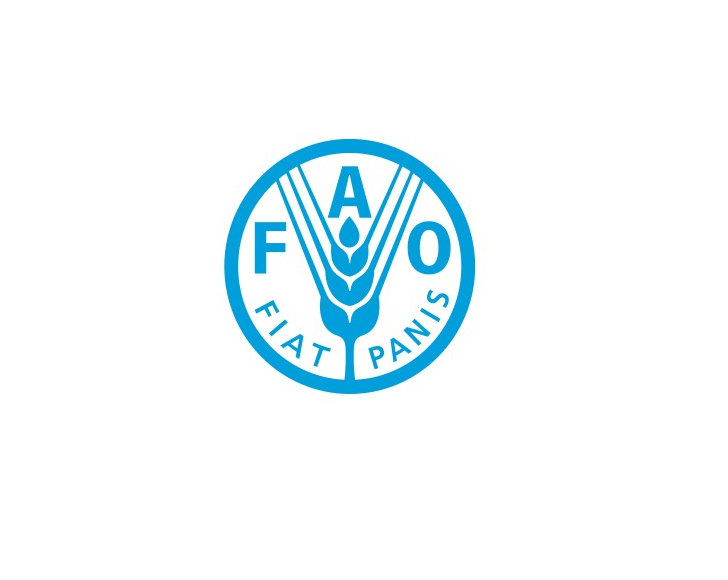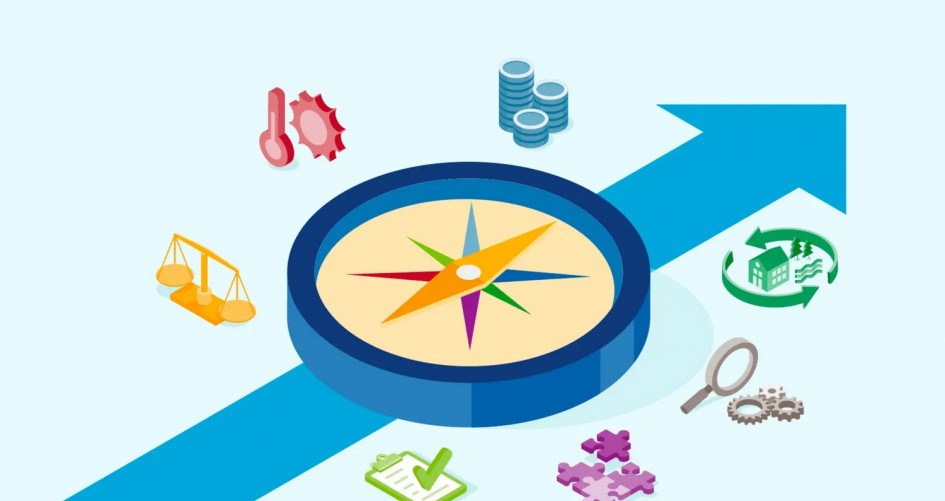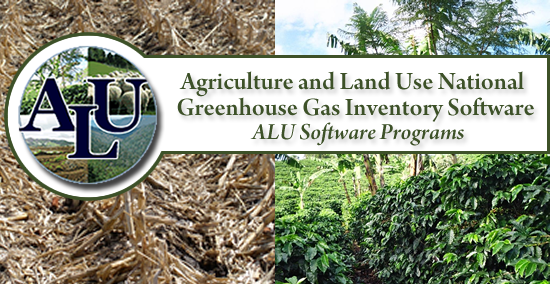
Tools & Applications
Climate Watch – Explore Nationally Determined Contributions
Under the Paris Agreement, nearly every nation made a commitment to tackle climate change and strengthen their efforts over time. The last round of Nationally Determined Contributions (NDCs) were submitted in 2020-2021 whereas the deadline to submit the next round of NDCs is in the spring of 2025. Explore the content of 2020-2021 NDCs by searching for relevant keywords. You can analyse and compare NDCs using over 150 structured indicators.
Go to resource








